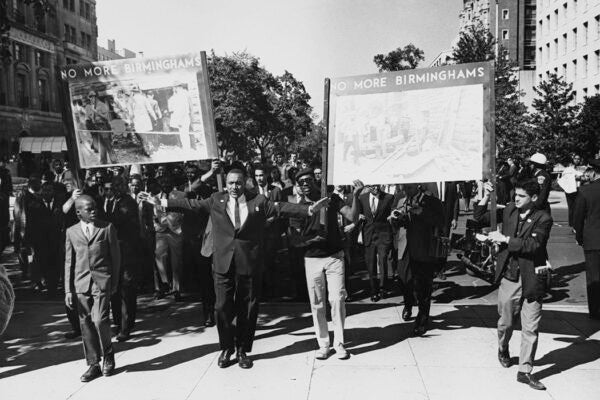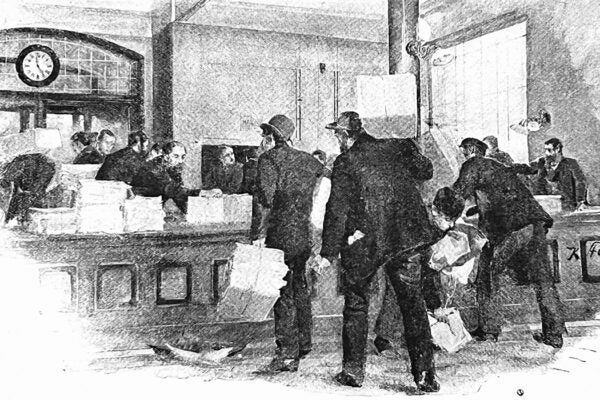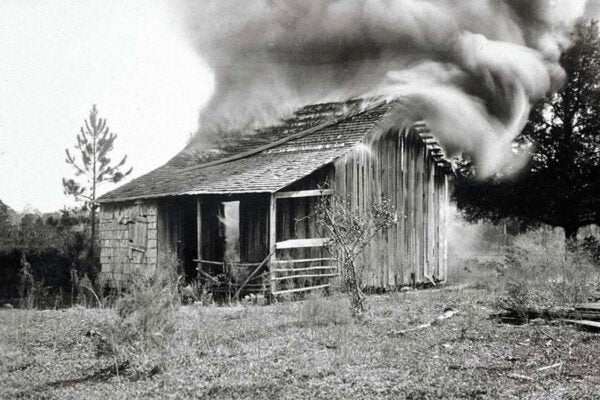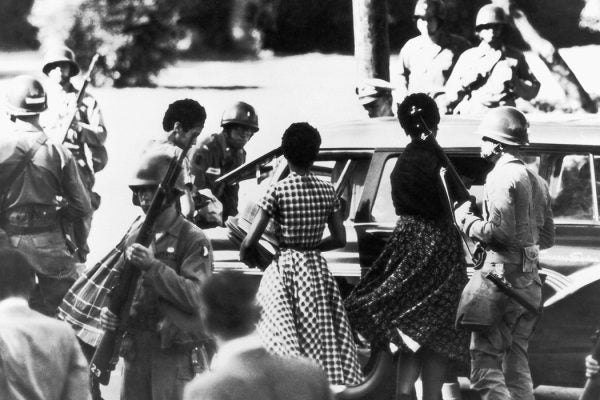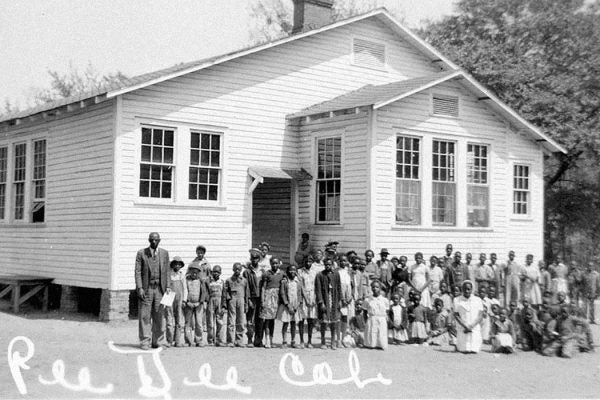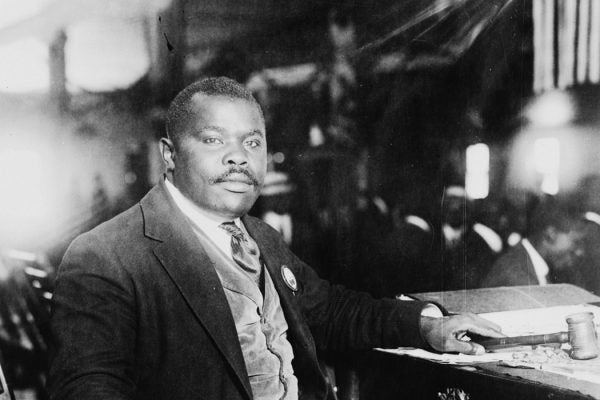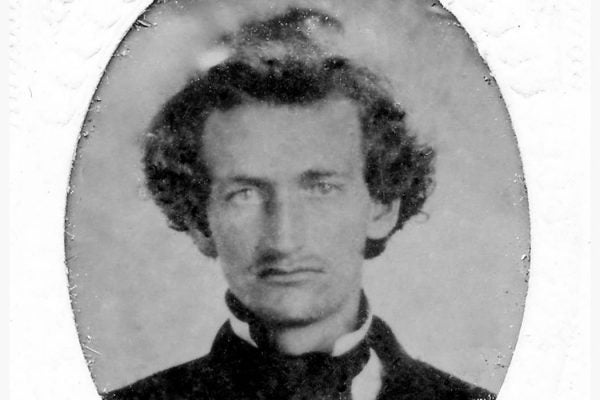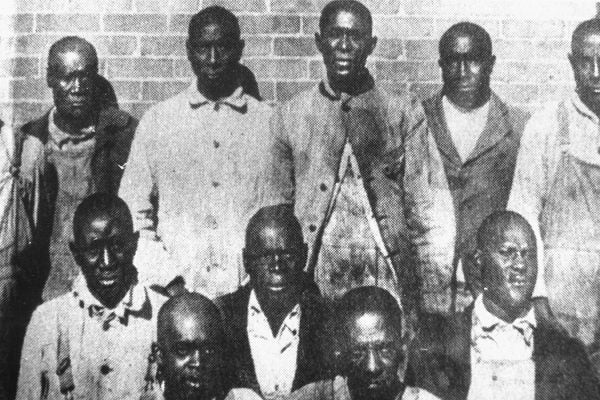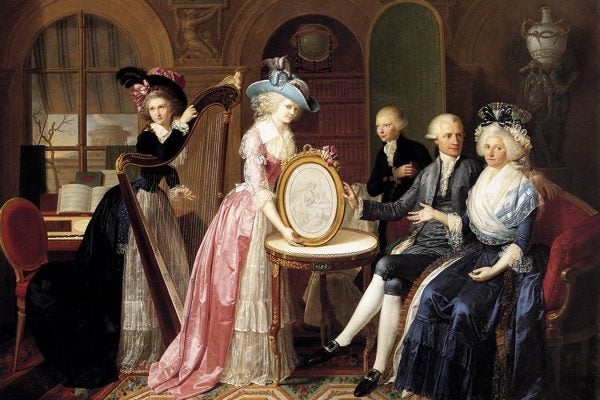“A Time To Speak”: Annotated
On September 15, 1963, a bomb killed four Black children in Birmingham, Alabama. Who threw that bomb? Each of us, argued Birmingham lawyer Charles Morgan, Jr.
The Feud Between Immigrant Newspapers in Arkansas
A feud between two nineteenth-century German-language newspapers showed that immigrant communities embraced a diversity of interests and beliefs.
Remembering the Rosewood Massacre
On January 1, 1923, Rosewood, Florida, was a thriving town of mostly African American residents. Seven days later, it was gone, burned to the ground by a white mob.
Black Woman Correctional Officer Graduates at Age 62
Segregated schools, cotton, SNCC, and more. A 2004 essay in Long Line Writer, Arkansas DOC Cummins Unit, reveals the perils of life in the Delta.
How Black Communities Built Their Own Schools
Rosenwald schools, named for a philanthropist, were funded mostly by Black people of the segregated South.
How the Enslaved People of Arkansas Fought Back
Though there was never a unified uprising that made it into the history books, the enslaved people of Arkansas rebelled and resisted in significant ways.
Black Radicalism’s Complex Relationship with Japanese Empire
Black intellectuals in the U.S.—from W. E. B. Du Bois to Marcus Garvey—had strong and divergent opinions on Japanese Empire.
The White Carpetbagger Who Died Trying to Protect African-Americans’ Civil Rights
James Hinds was assassinated for his beliefs, and today is largely forgotten. He stood up for African-American civil rights during the Reconstruction, provoking the KKK's ire.
Black Organizing and White Violence
In 1919, armed posses and federal troops killed as many as one hundred African-Americans in one of the worst instances of mass violence in U.S. history.
Noblesse Oblige in American Politics
What responsibility does the very wealthy have to the rest of the population? United States governor Winthrop Rockefeller provides a historical case study.
